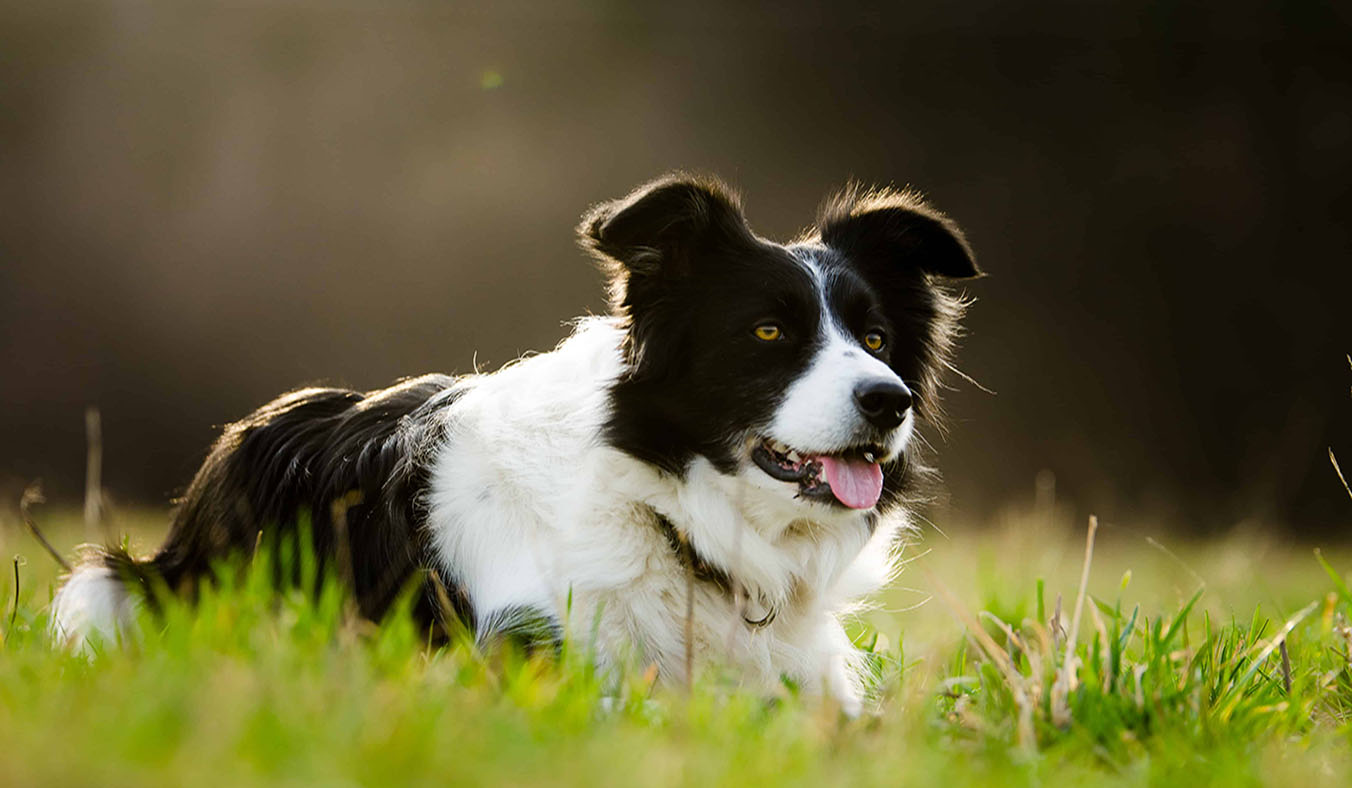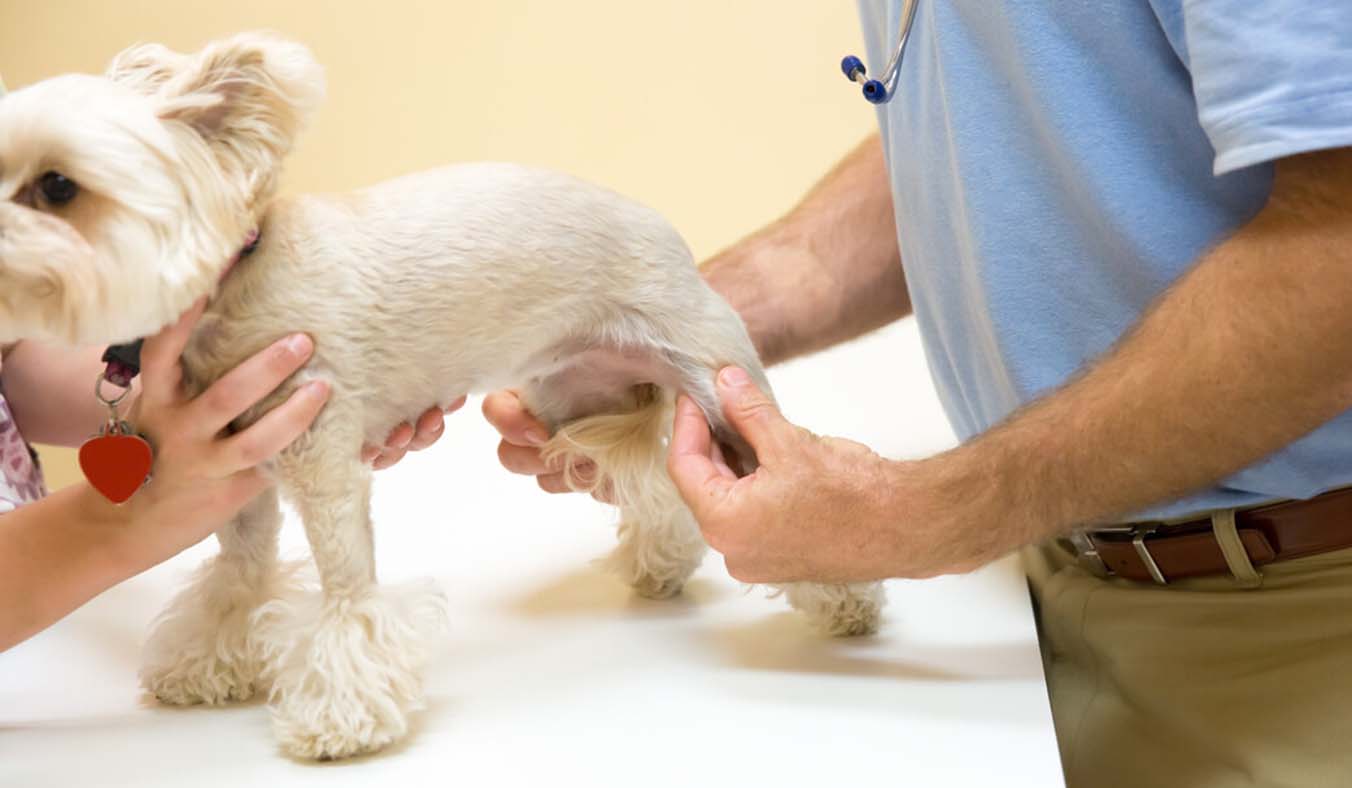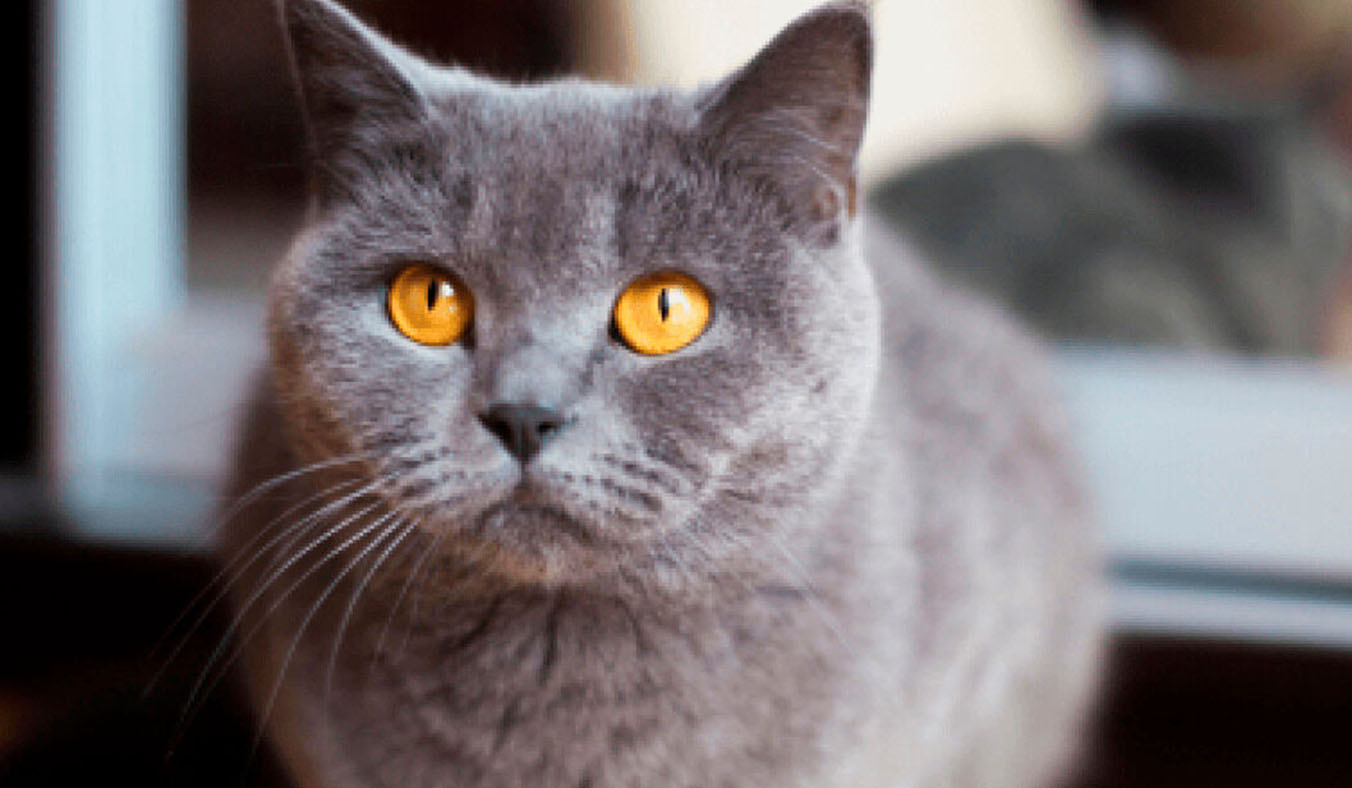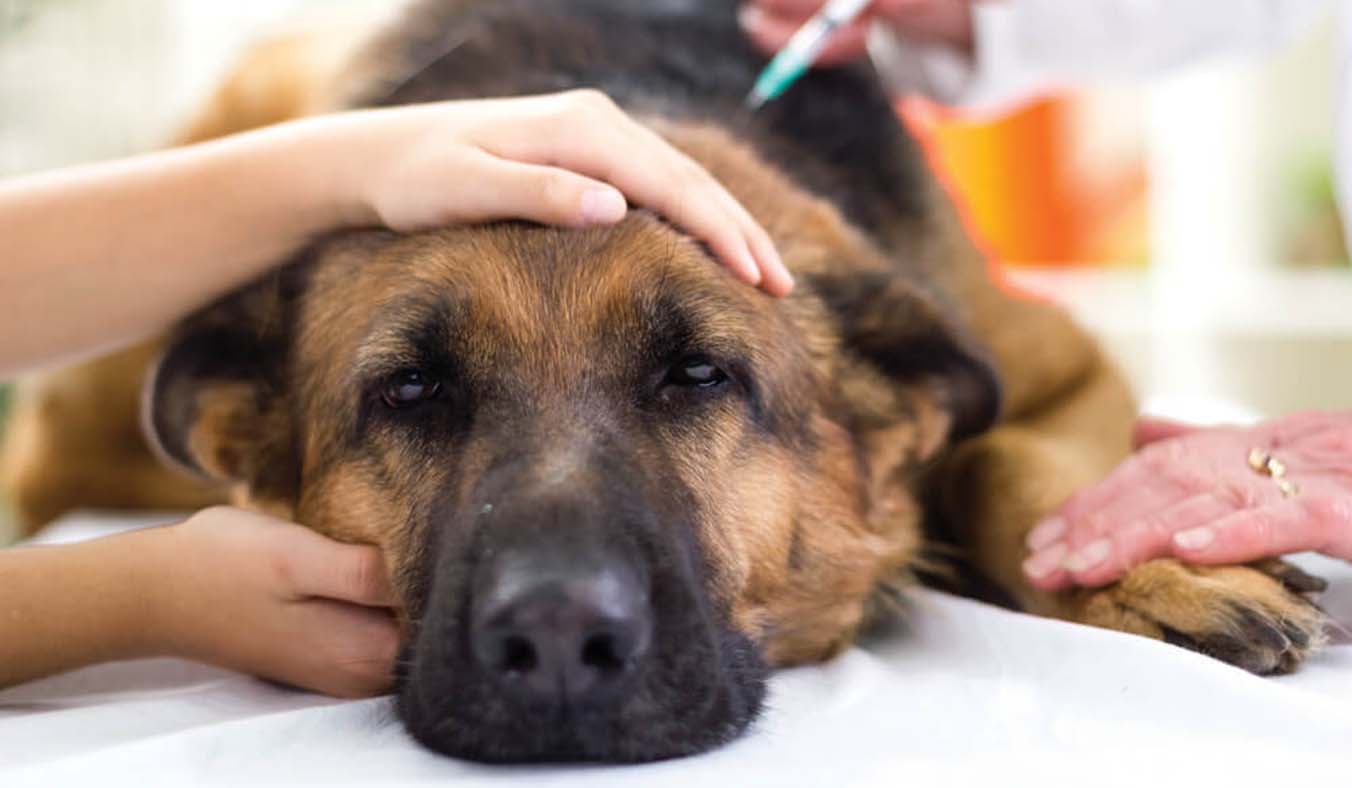The first time I truly realized how serious joint problems in pets could be was when my dog, Nino, hesitated at the bottom of the stairs. It was an ordinary morning. Like usual, I clapped my hands and called him upstairs for water. But he stood there, paused for a while, and then carefully took his first step. He tried to leap over two stairs like he used to but stumbled on the second one. I crouched down to check his paws, but saw no visible injury. Still, his eyes told me something wasn’t right.
At that moment, I panicked a little. Nino is a 10-year-old Border Collie with a high activity level and strong stamina. I had never considered that joint issues could hit him so suddenly. From that day on, I began to deeply research pet joint health—and I realized that here in Germany, with pets living longer on average, issues like arthritis, joint degeneration, and osteoarthritis are much more common than most of us think.
Today, I want to share everything I’ve learned about pet joint health through my own experience. I hope it helps those who have noticed that their pet has suddenly become less active, hesitant to jump on the bed, or reluctant to climb stairs. Maybe they’re simply trying to tell you: “My joints need your attention.”
Climbing Stairs Becomes Hard: One of the First Joint Warning Signs
Looking back, Nino had already been giving subtle signs of discomfort before his stair hesitance. He no longer leaped onto the sofa with excitement or bounded back from the lawn like he used to. After a bath, he would often shift from paw to paw while standing, seemingly trying to ease some pain. In the mornings, he needed time to “warm up” before walking smoothly.
These are classic early warning signs of joint problems:
- Reluctance to jump up: avoiding high places like car seats, sofas, or beds
- Slower or hesitant stair climbing: especially going downstairs, which can be painful
- Difficulty standing up: particularly on slippery floors
- Changes in gait: dragging back legs, slight limping, or stiff walking
- Excessive licking of joints: trying to soothe discomfort
- Behavioral changes: becoming less playful, more irritable or withdrawn
If your pet shows any of these signs, don’t just chalk it up to “old age” or “being tired”—they could be living with persistent pain.
Which Pets Are More Prone to Joint Problems?
Joint issues aren’t exclusive to older animals, although they are more common in senior pets. I came across a clinical animal study in Germany that shocked me: 1 in 4 adult dogs suffers from arthritis, and many begin showing signs before the age of 5.
Here are the types of pets most at risk:
- Large breed dogs: German Shepherds, Labradors, Golden Retrievers, St. Bernards—these dogs bear more weight, putting more stress on their joints
- Highly active pets: working dogs, agility dogs, or athletic cats
- Overweight animals: extra weight dramatically increases joint wear and tear
- Breeds with genetic predispositions: Labradors, Rottweilers, Bernese Mountain Dogs—commonly affected by hip dysplasia
- Pets with previous joint injuries: such as from falls or surgery
- Indoor-only pets with limited exercise: overly sedentary lifestyles can stiffen joints
Nino, for example, was quite active in his younger years and had a large frame. As he aged, his cartilage naturally wore down, and without any specific trauma, he gradually began struggling with stairs.
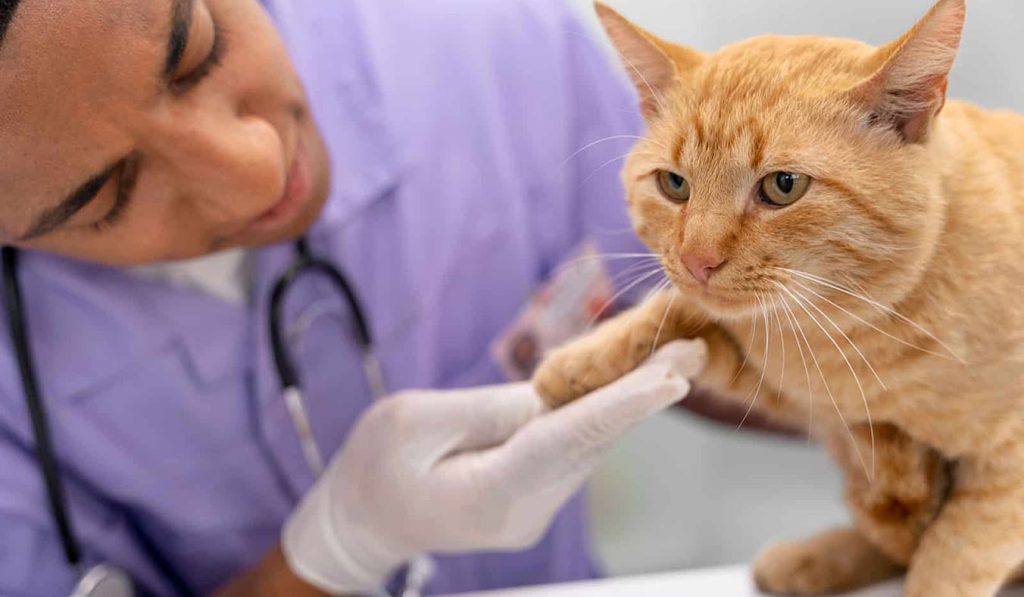
The Silent Mechanism Behind Pet Arthritis
When we talk about “joint problems” in pets, we’re usually referring to arthritis—most often osteoarthritis. Simply put, this condition happens when the cartilage between joints wears down, the bones begin to rub directly against each other, causing inflammation, pain, and a vicious cycle of degeneration.
In a healthy joint, bones are cushioned by cartilage and lubricated by synovial fluid. When this system fails—due to age, injury, or overuse—the cartilage thins or disappears. Bone-on-bone friction causes swelling and chronic pain.
It doesn’t paralyze pets overnight but gradually chips away at their mobility—transforming “won’t jump” into “won’t walk.”
Even worse, pets are naturally good at masking pain. Dogs and cats often endure severe discomfort without crying out, expressing it only through subtle behavioral changes. These are easy to miss.
The Joint Care Plan I Created for Nino
After Nino was diagnosed with mild osteoarthritis, I worked with our vet to create a comprehensive care plan. We’ve followed it for over two years now, and his condition has stabilized—with some slight improvements. Here are the five components of our strategy:
- Diet Adjustments: Joint-Supportive Food and Supplements
I switched to a specialized kibble containing glucosamine, chondroitin, and Omega-3 fatty acids. To boost anti-inflammatory effects, I also add salmon oil and green-lipped mussel powder.
Additional supplements we use:
- MSM (Methylsulfonylmethane): reduces inflammation
- Hyaluronic acid: enhances synovial fluid viscosity
- Curcumin: natural antioxidant and anti-inflammatory
- Exercise Management: Frequent but Gentle Movement
We replaced long runs with three short walks (about 15 minutes each). I avoid stairs by using ramps and walk him mostly on grass rather than hard pavement. - Weight Control: Every Kilo Matters
Nino went from 32 kg to 28 kg. For every kilo lost, the pressure on his joints decreased significantly. We achieved this by adjusting his diet and cutting back treats. I weigh him weekly. - Environmental Optimization: Anti-Slip and Warmth
I’ve placed anti-slip mats all over our floors, especially near stairs and his favorite spots. His bed now has a memory foam mattress that supports joints, and I make sure he never sleeps directly on cold tiles. - Regular Checkups and Physiotherapy
Every six months, Nino gets an X-ray and checkup. Last winter, we also tried physical therapy (laser treatments and warm compress massages), which significantly eased his pain during damp weather.

Yes, Cats Can Have Joint Pain Too
Many people assume joint pain is a dog-only issue, but older cats (especially over 7 years) are also prone to arthritis.
My cat Sasa started having trouble jumping on the table, spent long hours just staring out the window, and seemed hesitant on her cat tree. At first, I thought she was just getting lazy with age—until an X-ray revealed knee joint degeneration and mild hip deformity.
Cats are harder to read—they don’t express pain as openly as dogs. Instead, they show behavioral signs like:
- Longer sleeping hours
- Avoiding grooming
- Reluctance to jump
- Becoming irritable or withdrawn
I made similar adjustments for Sasa: switching to joint-support cat food, adding salmon oil, and redesigning her environment with lower platforms, ramps, and a heated bed to ease her symptoms.
Medication: Don’t Be Afraid to Use It—Just Use It Right
Many pet owners are hesitant about long-term medication, fearing side effects. But for pets with moderate to severe arthritis, proper anti-inflammatory treatment is crucial.
Nino went on NSAIDs (non-steroidal anti-inflammatory drugs) for a time. We monitored his liver and kidney functions regularly, and he handled the meds well.
Vets will prescribe medication based on weight and condition, such as:
- Meloxicam
- Carprofen
- Robenacoxib (for cats)
Please never give human medications like ibuprofen or aspirin to pets—they can be fatal!
Joint Health Is a Long-Term Battle—and an Act of Love
Sometimes I think joint issues are really just time’s way of reminding us: our pets, who’ve accompanied us through the years, now need our extra care. We can’t stop them from aging—but we can make that journey more comfortable and dignified.
Now, whenever I see Nino calmly climb the stairs or Sasa gracefully jump onto the windowsill to bask in the sun, I know that every effort—adjusting their food, cleaning routines, walk times, and sleeping spaces—has been absolutely worth it.
